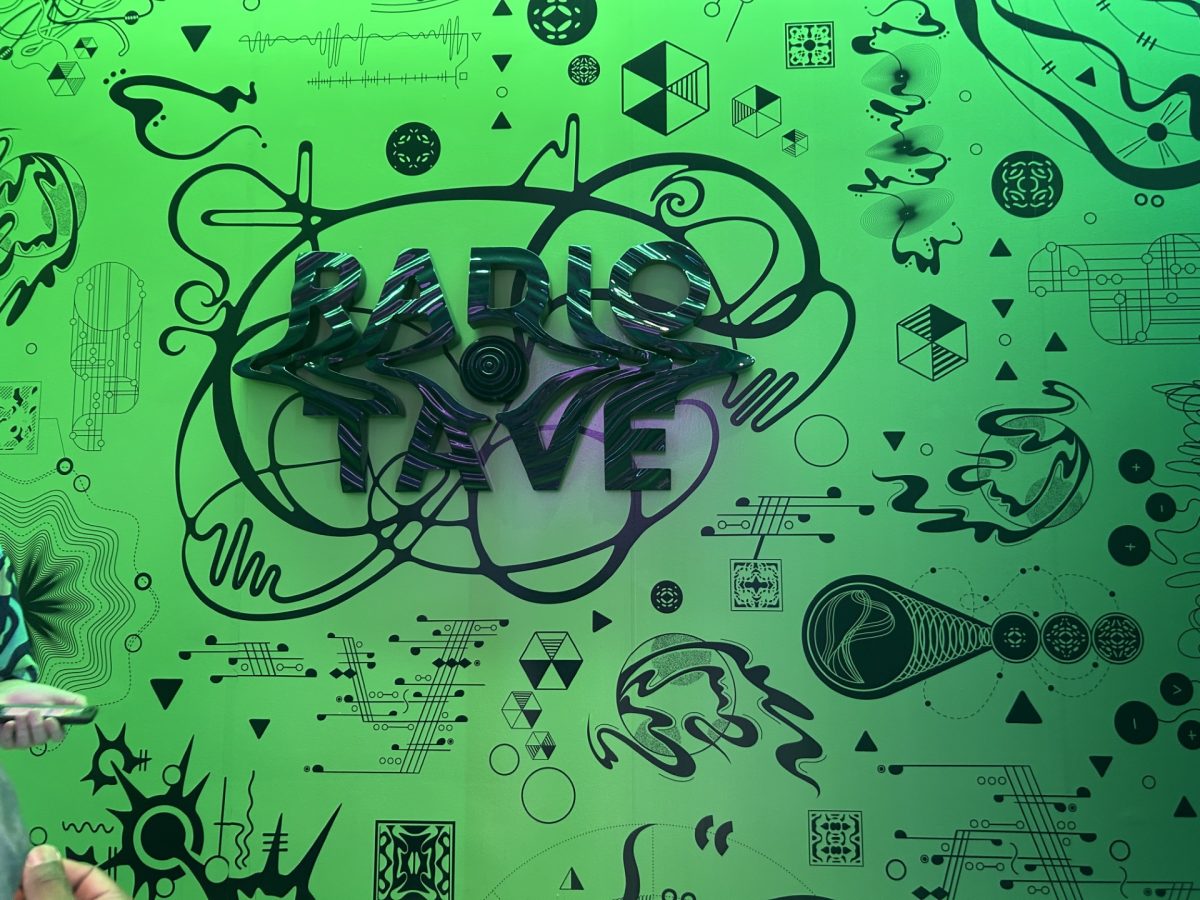Despite its colorful, vintage, cinematography, the movie “Eileen”, directed by William Oldroyd, takes us through the morbid world of Eileen Dunlop. Eileen (portrayed by Thomasin Mckenzie) lives in an unnamed 1960s town in Massachusetts, where she works as a secretary for a boys-only juvenile detention center. This movie is based on the book “Eileen” written by Otessa Moshfegh. Having both read the book, we were excited to see the story come to life on the big screen.
From the first scenes, we get a look at the dynamics between Eileen and her father. We see her buying him new alcohol despite his already intoxicated state. Her father then yells disparaging comments at Eileen, encouraging her to be more like a sister who “made something of herself”, Eileen responds with a “whatever dad” cementing that these comments are something she probably hears often.
Eileen’s life away from her father is not much brighter, her life working at the detention center is dull. That is until a new woman is introduced to the center. Rebecca Saint John (played by Anne Hathaway) is a sophisticated Harvard Graduate who was employed to be the onsite psychologist. Immediately Eileen is entranced by Rebecca, admiring her from a corner of the room. The two build a bond, a bond based on Eileen’s enthrallment with everything Rebecca does and Rebecca entertaining her fascination.
While the book and movie were practically identical in plot, the movie missed many key details that addressed Eileen’s behavior. The book is written with Eileen as the narrator, while the movie is entirely from the third-person perspective. Having Eileen as the narrator gave us a much deeper insight into Eileen’s inner thoughts and motivations. The book detailed pages upon pages of Eileen’s inner thoughts and feelings. Having the movie filmed in the third-person limited our understanding of Eileen as a character and painted her as rather dull. This was disappointing; especially in a book where the character and behavior of Eileen is the main plot, the murder mystery being a close second.
The movie also failed to touch on a key personality quirk of Eileen, her weirdness. While there were scenes that were odd, such as the opening scene where Eileen stuffs snow into the front of her pants as she watches a couple kissing. Many moments from the book were missed like Eileen’s odd attraction to Lee Polk, a 14-year-old, and the prison guard Randy. Once again with the lack of Eileen’s perspective from the movie, scenes like the opening scene confuse the audience when they are given no context of Eileen’s battle with a lack of relationships and insecurity.
Most importantly, the movie changed a major part of the plot: who shot the gun? In the movie, Eileen is depicted as the one who accidentally shoots Rita Polk while trying to get her to speak. This is not true in the book. In the book, Rebecca is the one threatening Rita and also the one who accidentally shoots the gun. It is an interesting decision to switch the role in this scene as it now paints Eileen as a more complex character, contrary to her flat portrayal earlier in the movie.
The book’s author, Ottessa Moshfegh, strongly emphasizes the concept of telling stories that make the reader uncomfortable. She aims to portray characters that are unique and un-perfect. This is why we found it a letdown when the movie did not fully flesh out Eileen’s personality.
Overall, it was an unexpected take on the original story. Aside from the minor plot changes and the watering down of the characters, “Eileen” was worth the watch.










